
St. Vincent rethinks how to deliver care; struggling parent cuts costs
Jonathan Nalli has a message for his 16,000 employees at St. Vincent Health: Get ready for more transformation and disruption.

Jonathan Nalli has a message for his 16,000 employees at St. Vincent Health: Get ready for more transformation and disruption.
Carmel has postponed a rezoning hearing on a developer’s vague plan to build a medical complex at 96th Street and Spring Mill Road for St. Vincent Health. Carmel officials say they won’t consider a rezoning without specifics about the project.

But Jonathan Nalli said the health system has no plans to build a $1 billion hospital complex.
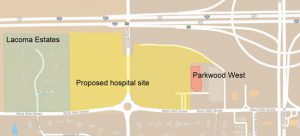
More than 100 people gathered Tuesday to plan how to oppose the project, which calls for nine buildings, two helipads and four parking garages.

Even before news broke that an unidentified health care system had lined up 30 acres at 96th Street and Spring Mill Road for a massive development, projects costing billions of dollars were underway or on the drawing board across the region.

Neighbors contacted about selling their homes to make way for the development say St. Vincent Health is behind it. But a St. Vincent spokeswoman said the organization does not have “details to share” at this time.
Several major not-for-profit hospital groups, including the parent of St. Vincent Health in Indianapolis, are trying their own solution to drug shortages and high prices.
Ascension Health and Providence St. Joseph Health are in deal talks to form the nation's largest hospital operator.

Hendricks Regional Health’s new Brownsburg hospital is only the latest in Indiana’s second-fastest-growing county, where almost non-stop development is pushing demand for health care.
The clinic, at 3737 Waldemere Ave., will offer treatments for minor injuries and illnesses that do not require a visit to the emergency room.

The hospital is about to roll out a parking-enforcement program to make sure employees stay in their designated areas so patients and visitors can park closer to the building.

St. Vincent’s new “neighborhood hospitals” are so small you fit three on a football field. But there’s nothing small about the profits the hospitals might rack up.
St. Vincent Health filed an application Sept. 22 with the state, seeking to remodel 192,327 square feet of the Parkwood West Building, 250 West 96th St., for administrative offices.
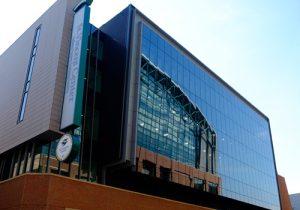
The St. Vincent Center combines team training facilities—including regulation-sized courts, cushy recovery amenites and an underwater treadmill—with health care services for the public.
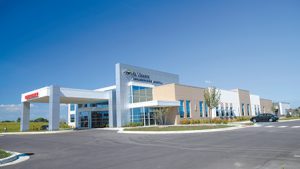
Whether so-called micro-hospitals can succeed financially might depend on whether they can meet Medicare’s definition of a hospital: a medical facility that dedicates the bulk of its services to inpatient care.

Urgent care centers, which already seem to have blanketed nearly every retail strip and neighborhood in central Indiana, are continuing to spring up at a surprising rate.
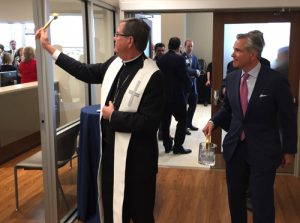
The scale is small, and that’s what St. Vincent Health sees as a big selling point to its newest hospital: convenience and quick care—15 minutes or less to see a doctor, and just a few minutes from home for people who live in Noblesville.
Most of the cuts this summer will come from the hospital system’s billing operations in Indianapolis.
The hospital system plans to tear down a two-story hotel near its Indianapolis flagship campus and build a training facility for simulating situations in acute care.
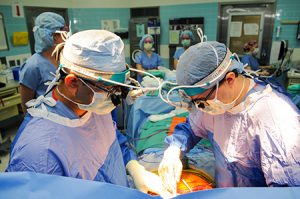
The number of transplants performed in Indiana last year hit an 11-year high, up about 6 percent from a year before, according to the Organ Procurement and Transplantation Network.